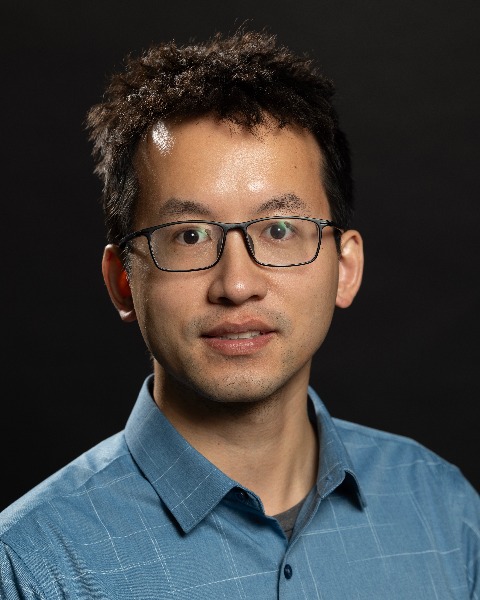Biomechanics
Biomechanics - Poster Session A
Poster Q8 - Computational modeling of brain axonal fiber tracts under head impact conditions
Thursday, October 24, 2024
10:00 AM - 11:00 AM EST
Location: Exhibit Hall E, F & G

Ge He, PhD (he/him/his)
Assistant Professor
Lawrence Technological University, United States
Lei Fan, PhD
Assistant Professor
Marquette University and Medical College of Wisconsin
Menomonee Falls, Wisconsin, United States
Primary Investigator(s)
Presenting Author(s)
Introduction: Investigating and understanding the biomechanical kinematics and kinetics of human brain axonal fibers during head impact process is crucial to study the mechanisms of Traumatic Axonal Injury (TAI). Such a study may require the explicit incorporation of brain fiber tracts into the host brain in order to distinguish the mechanical states of axonal fibers and brain tissue. Herein we extend our previously developed human head model by using an embedded element method to include fiber tracts reconstructed from diffusion tensor images in a host brain with the purpose of numerically tracking the deformation state of axonal fiber tracts during a head impact simulation. The updated model is validated by comparing its prediction of intracranial pressures with experimental data, followed by a thorough study of the effects of element types used for fiber tracts and the stiffness ratios of fiber to host brain. The validated model is also used to predict and visualize the damaged region of fiber tracts during the head impact process based on different injury criteria. The model is promising in tracking the state of fiber tracts and can add more objective functions such as axonal fiber deformation if used in the future design optimization of head protective equipment such as a football helmet.
Materials and
Methods: In this study, we explicitly incorporated axonal fiber networks into a high-resolution human head model using tractography analysis of brain DTI images and an embedded finite element method. We then validated the model in terms of its predicted pressure versus experimental data. The validated model was then used to analyze the effects of fiber element types (1D truss element and 3D beam element) and fiber/brain tissue stiffness ratio on the prediction of concussion-related mechanical parameters for a frontal head impact scenario (approximately 1/3 of all football concussions arise from a frontal impact). Finally, we focused on using the proposed model to investigate the mechanical states of axonal fiber tracts under head impact conditions (which is thought to be related to the microscale mechanism of Traumatic Axonal Injury (TAI)) and visualize the damaged region of fiber tracts based on different injury criteria.
Results, Conclusions, and Discussions: The generated 3D brain fiber model comprised 5000 tracts in total. A schematic summarizing the whole process from initial DTI data to the final 3D brain fiber model is given in Fig. 1. Fig. 2 reveals that the numerical inclusion of fibers into host brain tissue and varying the stiffness ratio of fiber to the brain have few effects on the prediction of maximum pressure. The increasing stiffness ratio of fiber to host brain led to a decreased maximum principal strain of the brain tissue, which may be caused by the reinforcement effect of fiber tracts. The host brain was reinforced by the increased stiffness of the embedded fiber tracts leading to the decreased strain of the brain tissue. Regarding the effect of fiber element types on model predictions, Fig. 3 reveals that element type for fiber tracts did not greatly affect the maximum principal stress and pressure of the host brain tissue but did affect the maximum principal strain and von Mises stress. The model using 1D truss elements showed a higher prediction of the maximum principal strain and von Mises stress compared to the 3D beam element. This means that the brain fiber tracts modeled by truss elements probably experienced larger axial deformations than beam elements. Fig. 4 shows the model’s capability of providing continuous monitoring of the mechanical deformation of the anatomically significant axonal fiber tracts and their damage states based on different injury criterion. The visualized results do not show significant damage in the fiber tracts based on fiber axial/shear strain and stress. Part of the reason could be that the simulation results were more dependent on the chosen injury criteria than from the different human subjects. Also, there are no commonly accepted injury criteria that can apply to most DTI patients. The computational model and its associated injury criterion really could be subject specific in practice. Compared to a conventional finite element head model with essentially homogenized fiber tracts in the brain, this localized modeling framework holds promise for enhancing our comprehension of axonal injury and advancing safety measures and diagnostic tools for head injuries.
Acknowledgements (Optional):
